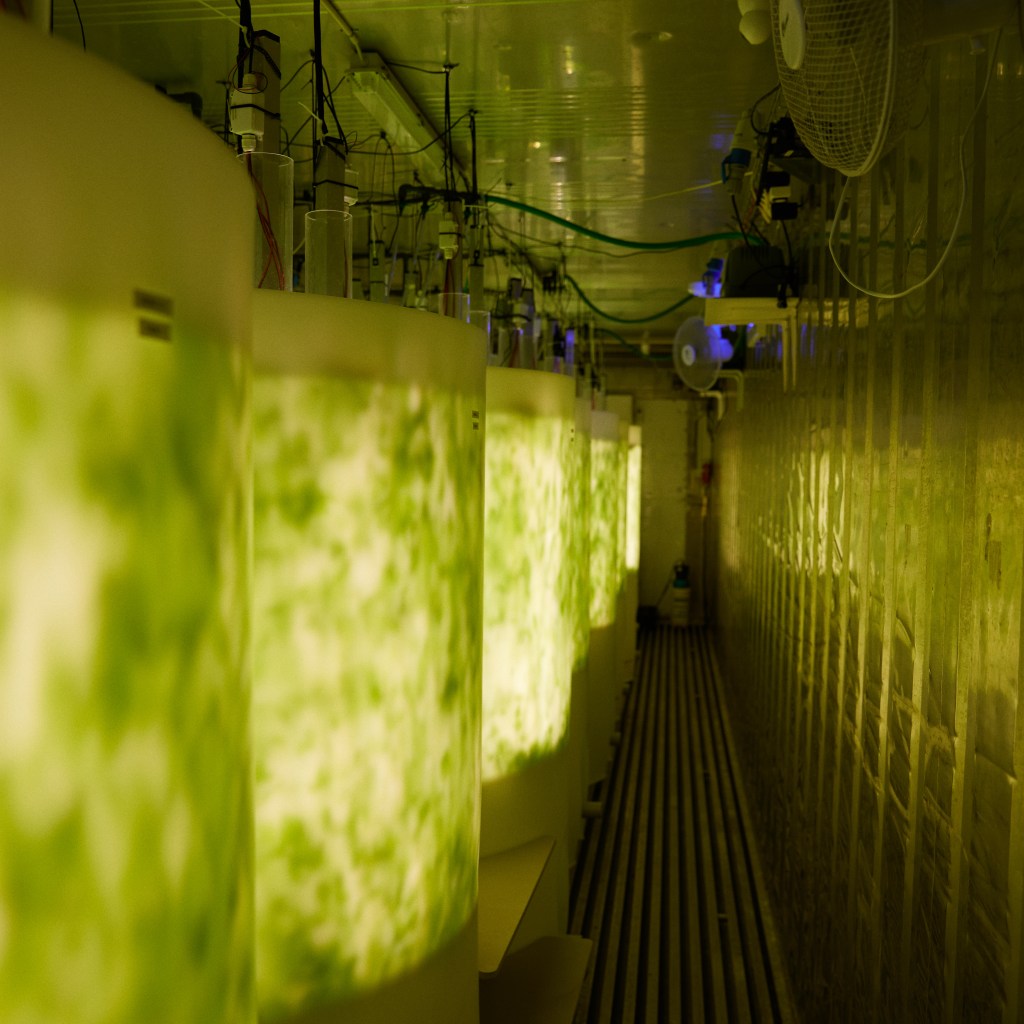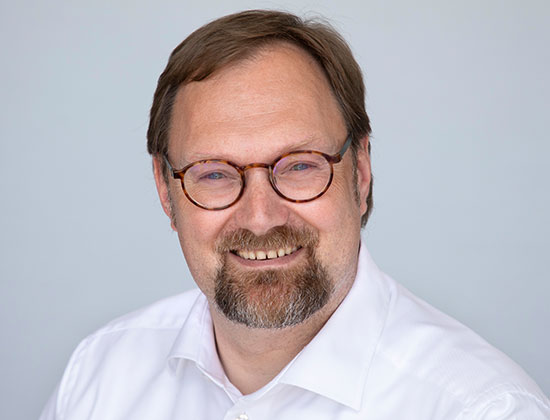Turning emissions
into revenue streams

About Seafree
The aim of the SeaFree project is to make seafood production more sustainable and create value by recycling emissions.
The SeaFree concept will make land-based recirculating aquaculture systems (RAS) more sustainable by adding seaweed production as sewage treatment and at the same time producing an attractive seaweed resource.


Why do we need more sustainable aquaculture?
The global demand for seafood rises along with living standards and population growth. With a projected increase in global consumption from 80 to 155 million tons in live weight across all fish and shellfish categories by 2050, the aquacultural sector is currently the fastest growing food industry in the world. To meet the increased demand, sustainable aquaculture development is critical to ease the pressure on wild fish stocks, which are under stress due to overfishing, and at the same time avoiding eutrophication due to the release of nitrogen and phosphorous to the marine environment. Seafood is also a low carbon footprint alternative to meat.
Partners of Seafree

Marianne Thomsen
Professor and leader of SeaFree
Copenhagen University, Dept. of Food Science

Esben Rimi Christiansen
CEO and founder
Pure Algae

Annette Bruhn
Senior researcher
Aarhus University
Dept. Ecoscience – Marine Ecology

Claus Holm
Co-owner
Drying Mate

Tonny Nielsen
Managing director
Food Diagnostics A/S

Jørgen Thorball
Founder, MD Translational Medicine
Rigi.Care/XOventure

Ghislane Robert-Nicoud
Head of Product Development
Sigrid Therapeutics

Louise Beck Brønnum
Gastro physicist
KOST

Asmus Gamdrup & Peter Nøhr
Historian and chef
KOST

Lone Thybo Mouritsen
Head of Research and Fundraising
Kattegatcentret

Rupert Baur
Director
HanseGarnelen

Ditte Veise
Director
Innovation Centre Denmark, South Korea
SDG 13: Climate
Action
Take urgent action to
combat climate change
and its impact.
The SeaFree system is designed as an industrial ecology system feeding on emissions. Specifically, CO2 is stripped from the seafood production in the RAS system and incorporated into seaweed biomass.

SDG 9: Industry, Innovation and Infrastructure
Build resilient infrastructure, promote inclusive and sustainable industrialization and foster innovation.
With the innovative The innovative Seafree Concept is designed to deliver system value from growth positive targets beyond financial profits.

SDG 12: Responsible Consumption and Production
Ensure sustainable
consumption and
production patterns.
The SeaFree system captures nutrients from RAS sidestreams in a plug-and-play seaweed production unit transforming emissions into a high-quality seaweed product for food and nutraceuticals.

